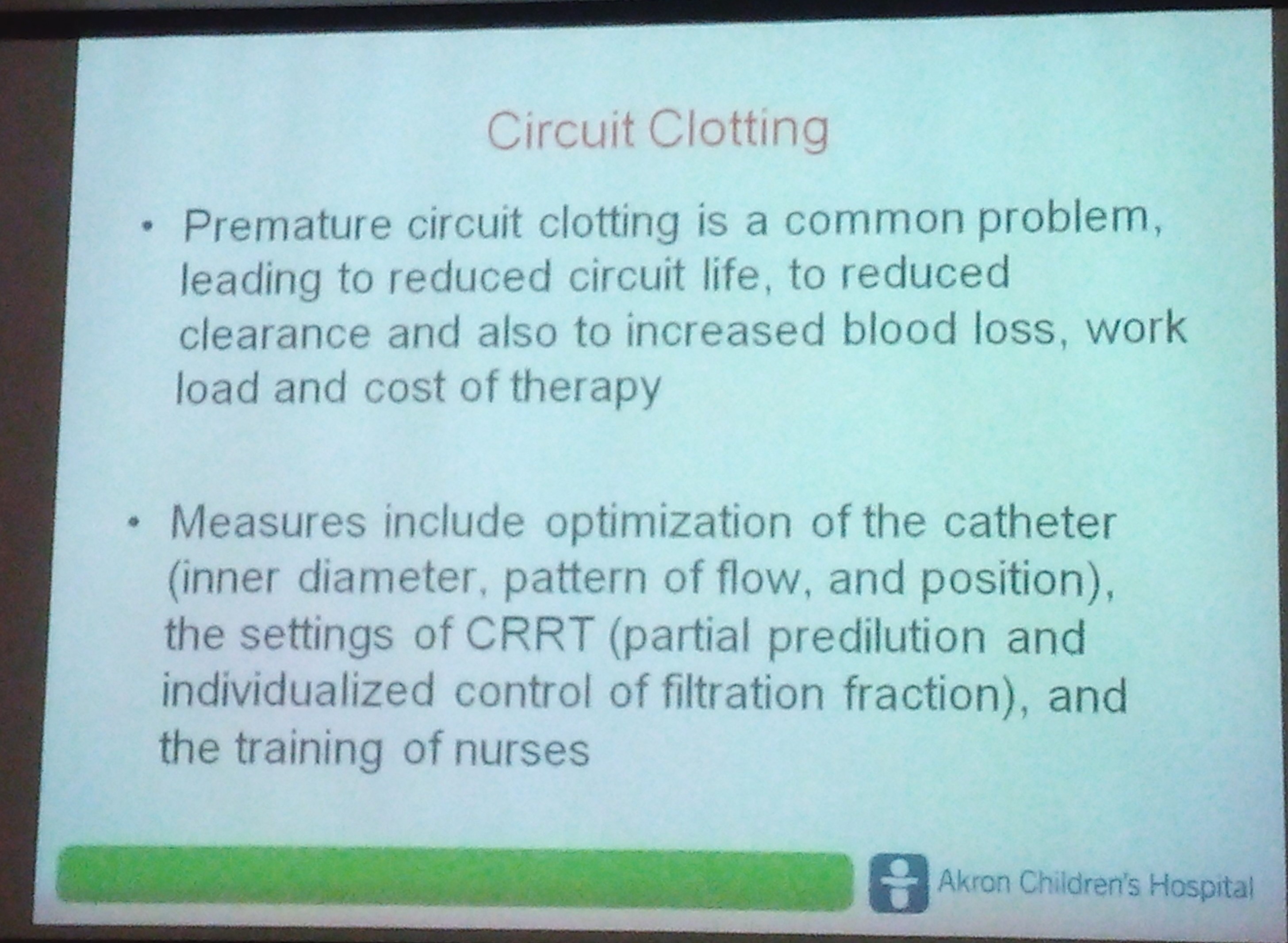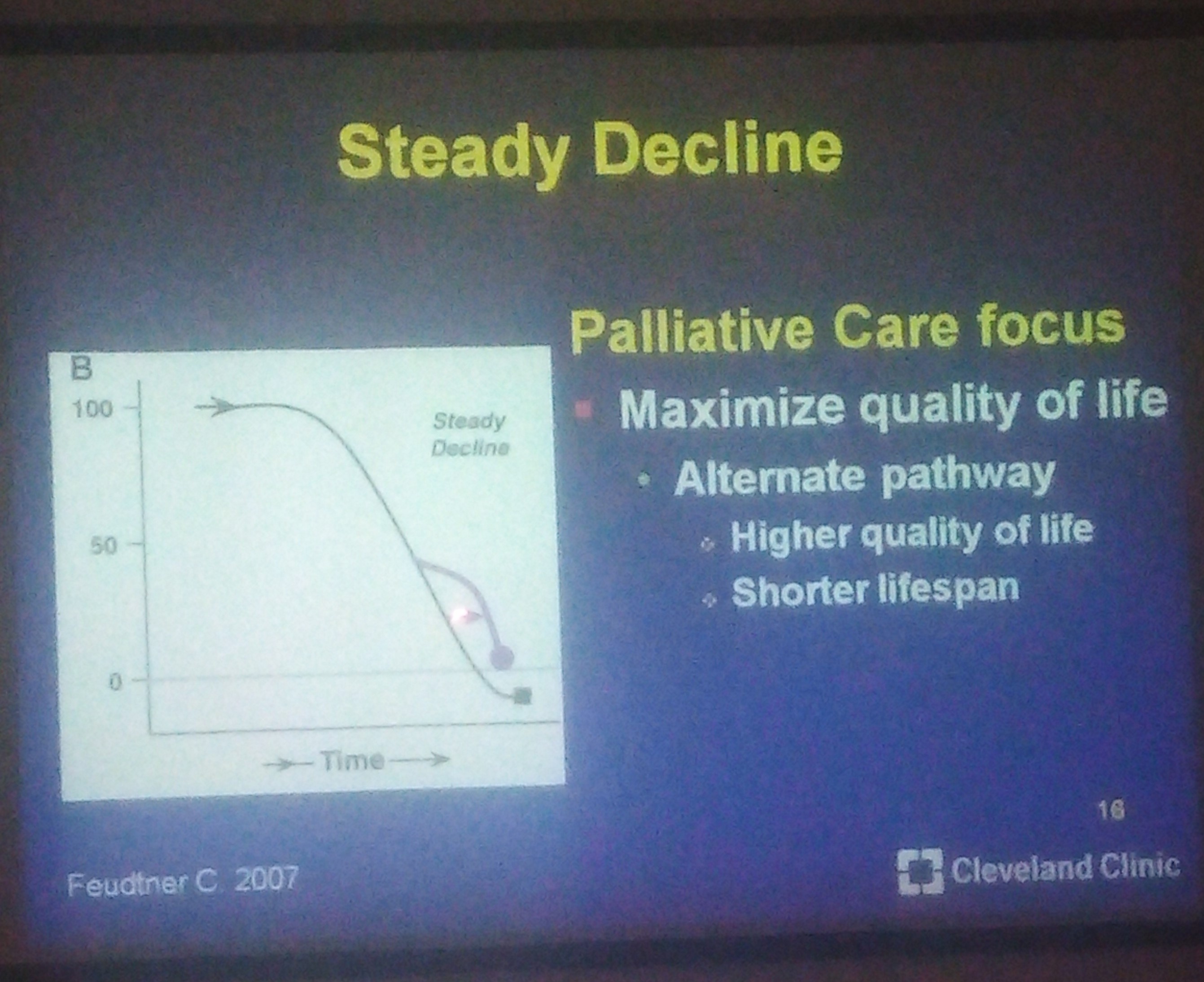CME Live: Anticoagulation
Dr. Rupesh Raina
Curofy- India's largest community of verified doctors covered the CME-International Neonatal and Pediatric Nephrology Training Workshop live. This post was first published on the Curofy app.
Heparin:
Commonly used
Easy to use and monitor
No evidence on dose
Systemic side effect
Contraindicated in bleeding patient
Citrate
Calcium dependent mechanism
Binds to free calcium and inhibits binding
Has zero effect upon the patient
Easy to monitor
Less clotted circuits
Less work of machinery
Problems:
Metabolic alkalosis
Electrolyte disorders
Cardiac toxicity
Complications:
Seen with rising total calcium with dropping patient ionized calcium.
Citrate gap.
Dr. Rupesh Raina
Curofy- India's largest community of verified doctors covered the CME-International Neonatal and Pediatric Nephrology Training Workshop live. This post was first published on the Curofy app.
Heparin:
Commonly used
Easy to use and monitor
No evidence on dose
Systemic side effect
Contraindicated in bleeding patient
Citrate
Calcium dependent mechanism
Binds to free calcium and inhibits binding
Has zero effect upon the patient
Easy to monitor
Less clotted circuits
Less work of machinery
Problems:
Metabolic alkalosis
Electrolyte disorders
Cardiac toxicity
Complications:
Seen with rising total calcium with dropping patient ionized calcium.
Citrate gap.






